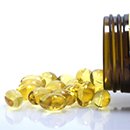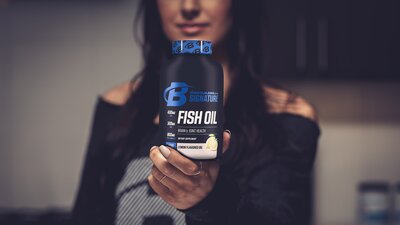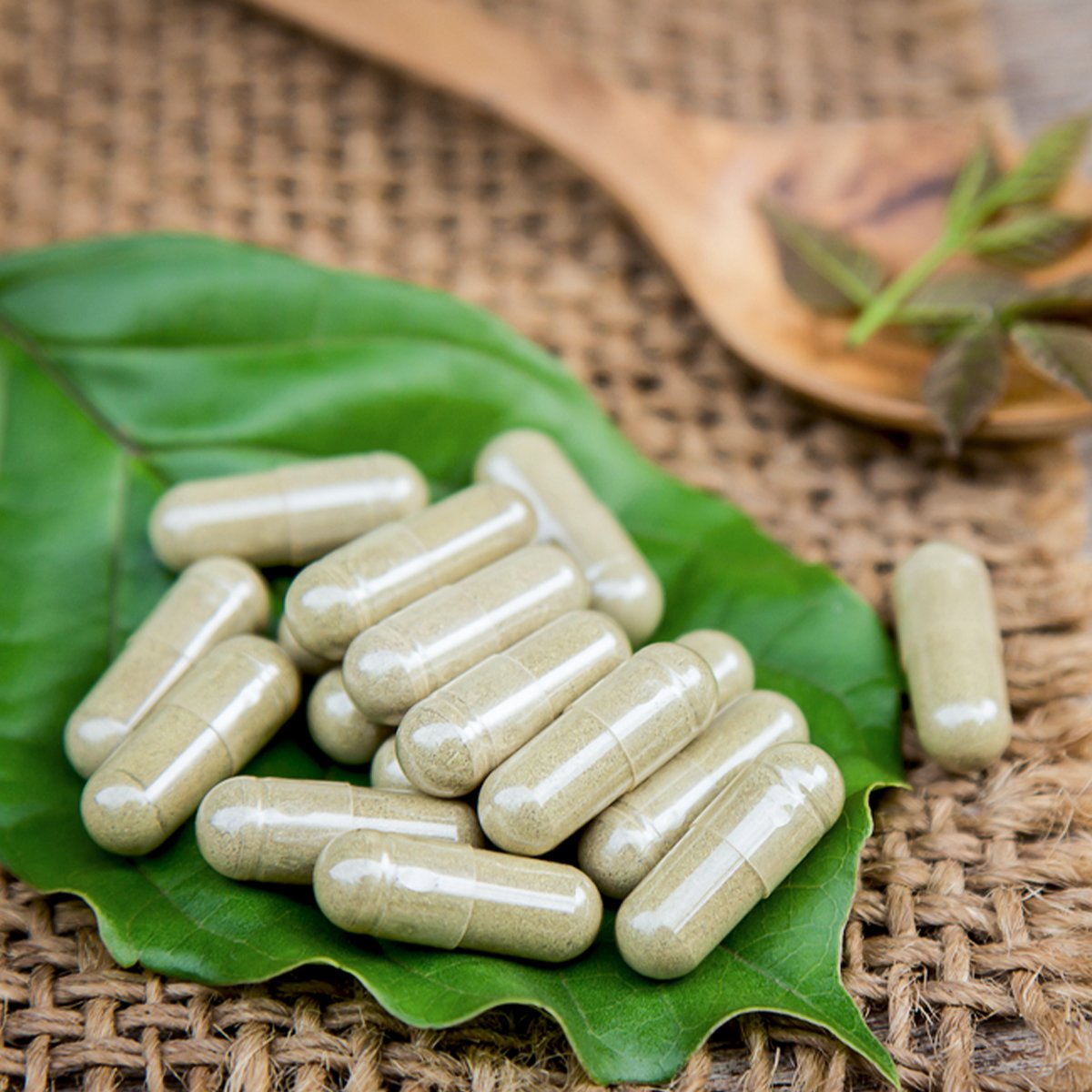Why: In addition to being a source of caloric energy, fatty acids (FAs) are something every cell in your body uses as the foundation of its fluid membrane. Since cells are constantly being rebuilt and destroyed, you can hopefully understand why having a diet high in essential FAs (EFAs) is necessary to support optimal health and fitness.
FAs are also critical as metabolic precursors for hormones and they help your immune system operate properly. Notably, when consumed in adequate amounts and ratios to other FAs, certain FAs provide a potent anti-inflammatory response which is necessary to recover rapidly from intense workouts or the stress that occurs because of inadequate sleep, a poor diet, or other environmental and lifestyle stressors.
In one well-designed study, when 4 grams per day of a certain FA was consumed in the absence of any other nutrients, there was no direct effect on stimulating muscle protein synthesis or pathways that lead to increased muscle growth in healthy, but physically inactive men and women. However, when blood levels of insulin and amino acids were increased, the EFA supplement increased the anabolic effects by approximately 50 percent over what occurred in response to just the insulin plus amino acids.
The upshot for you: EFAs don't just offer great benefits on their own, they also make other nutrients work even better.

What: Omega-3s are particularly important forms of EFAs, should be supplemented regularly, and occur in higher concentration in fish than plants. Fish-derived omega-3s also yield a higher concentration of two powerhouse EFAs, docosahexaenoic acid (DHA) and eicosapentaenoic acid (EPA).
When buying an omega-3 supplement, reach for those that provide the FAs in natural triglyceride, or free fatty acid form. The other most popular options include ethyl ester, concentrates, or "pharmaceutical grade" forms, all of which are required in higher doses to provide comparable rises in blood levels of what occurs in response to lower doses of the naturally occurring form. Even then, the ethyl esters don't appear as consistently or nearly as effective as when omega-3s are provided as free fatty acids.
How: To support a healthy inflammatory response to exercise and other forms of physiological stress, as well as to support mood and mental health, and promote a healthy heart and healthy-looking skin, consume at least 2.8 grams per day of combined EPA and DHA, in about a 1.75:1.00 ratio of EPA to DHA.
Also, the more processed grains, refined vegetable oils, eggs and other poultry, red meat, pork products, cheese and other forms of dairy that you consume, the more your fat intake will tilt toward omega-6s. This increases the need for omega-3s to achieve a healthy ratio of omega-6 to omega-3. An even 1:1 to not more than a 4:1 ratio is optimal; a typical Western diet is in excess of 18:1 omega-6s to omega-3.



